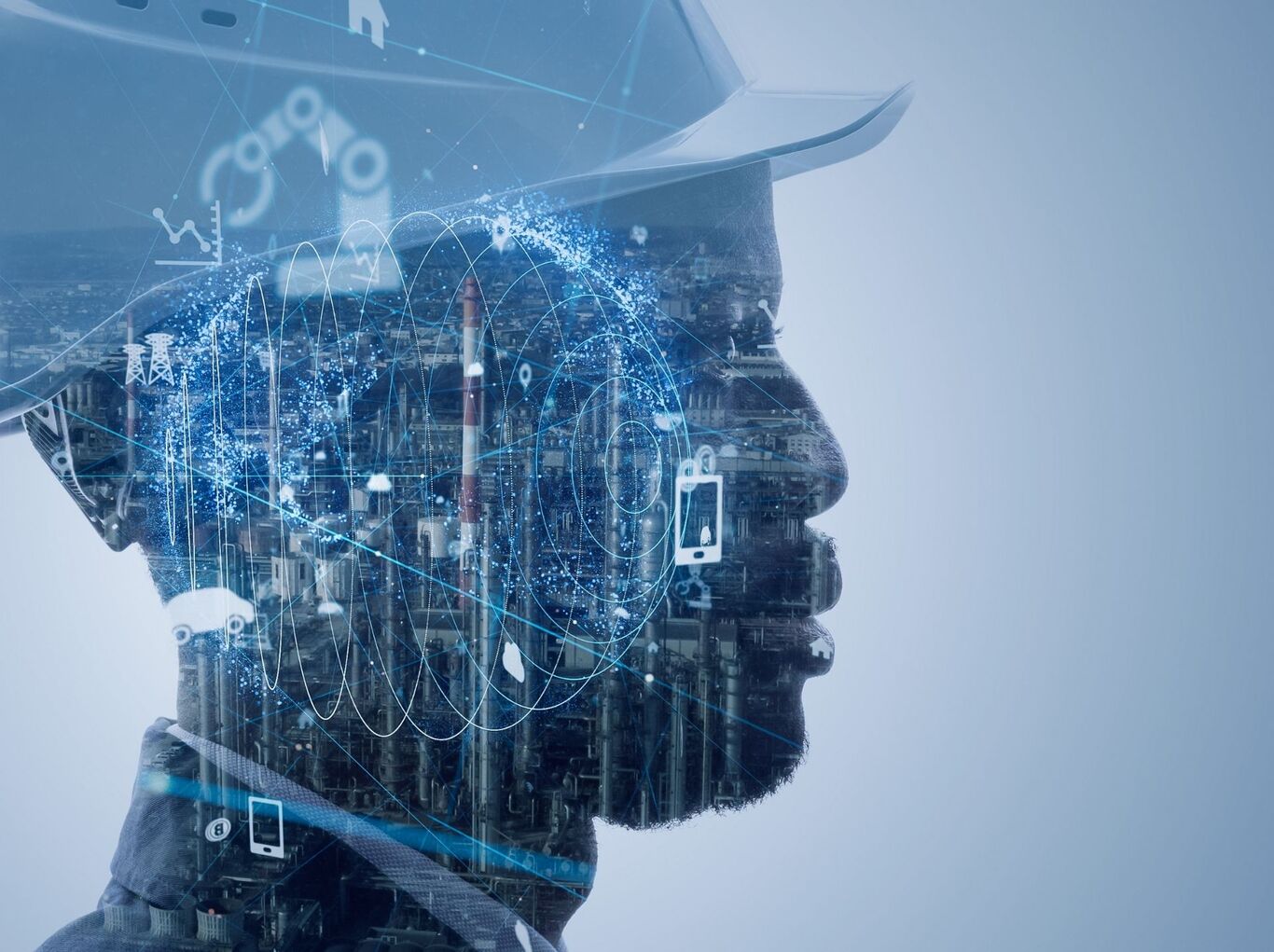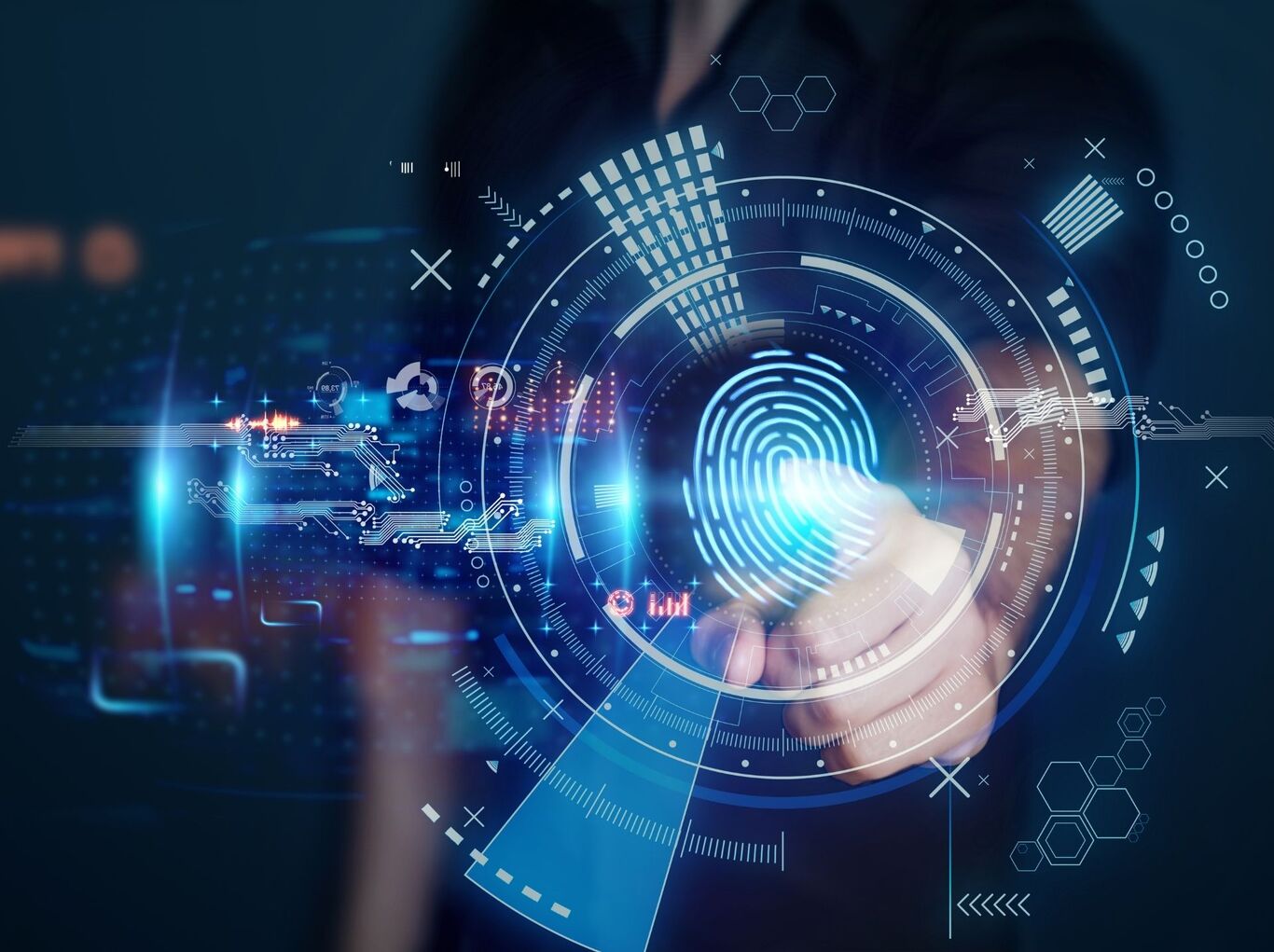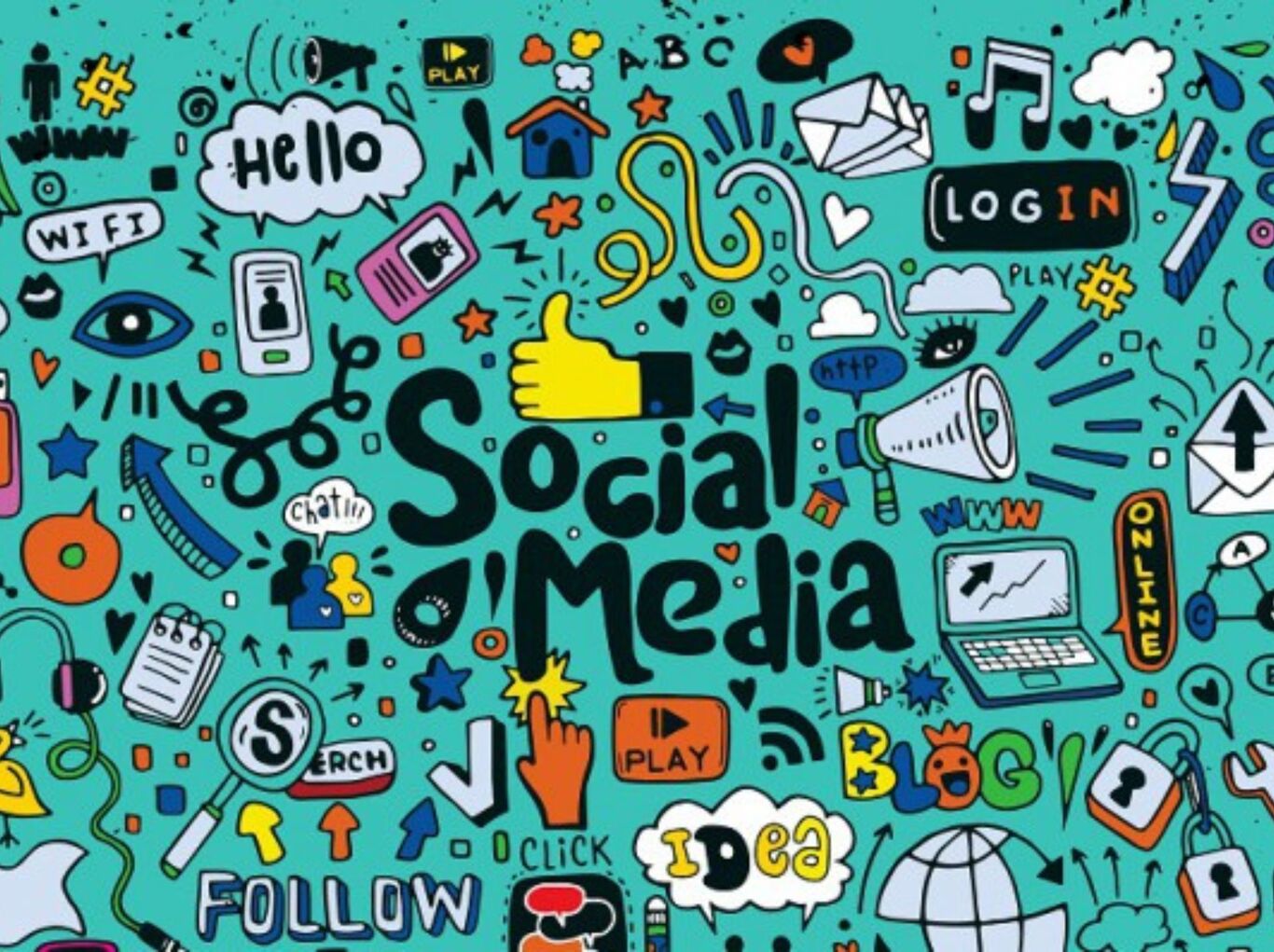AI Scoring: Turning Leads into Hot Prospects
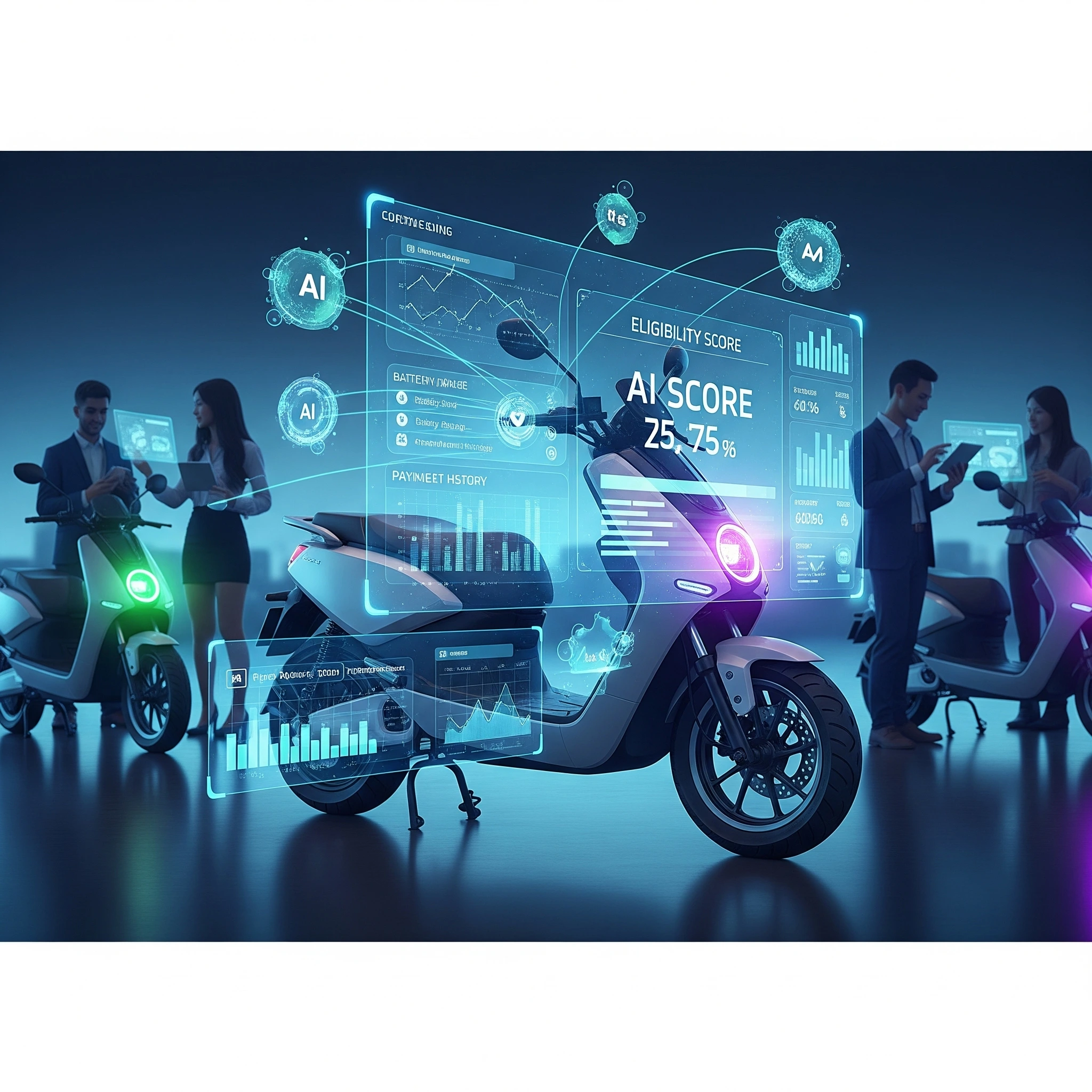
Electric two-wheelers (E2Ws) are at the forefront of India’s e-mobility revolution, with sales surging to over a million units annually. This booming market brings intense competition among EV brands to win over consumers. Each website visit, brochure download, or test-ride inquiry could be a potential customer – but how do brands separate the truly hot prospects from the merely curious? This is where AI-based lead scoring comes in. By analyzing mountains of data and learning from past buyers, AI scoring helps turn a flood of raw leads into prioritized opportunities. No wonder 98% of sales teams using AI say it improves lead prioritization.
What is AI Lead Scoring and How Does It Work?
AI lead scoring is the use of machine learning models to automatically evaluate and rank leads based on their likelihood to convert into paying customers. In simpler terms, the AI looks at each lead’s data from demographic details to online behaviors and assigns a “score” that predicts how likely that person is to buy. Traditional lead scoring relied on static point systems and gut feeling, but AI scoring is dynamic and data-driven. It continuously learns from new information, adapting its predictions in real time instead of following a fixed rulebook.
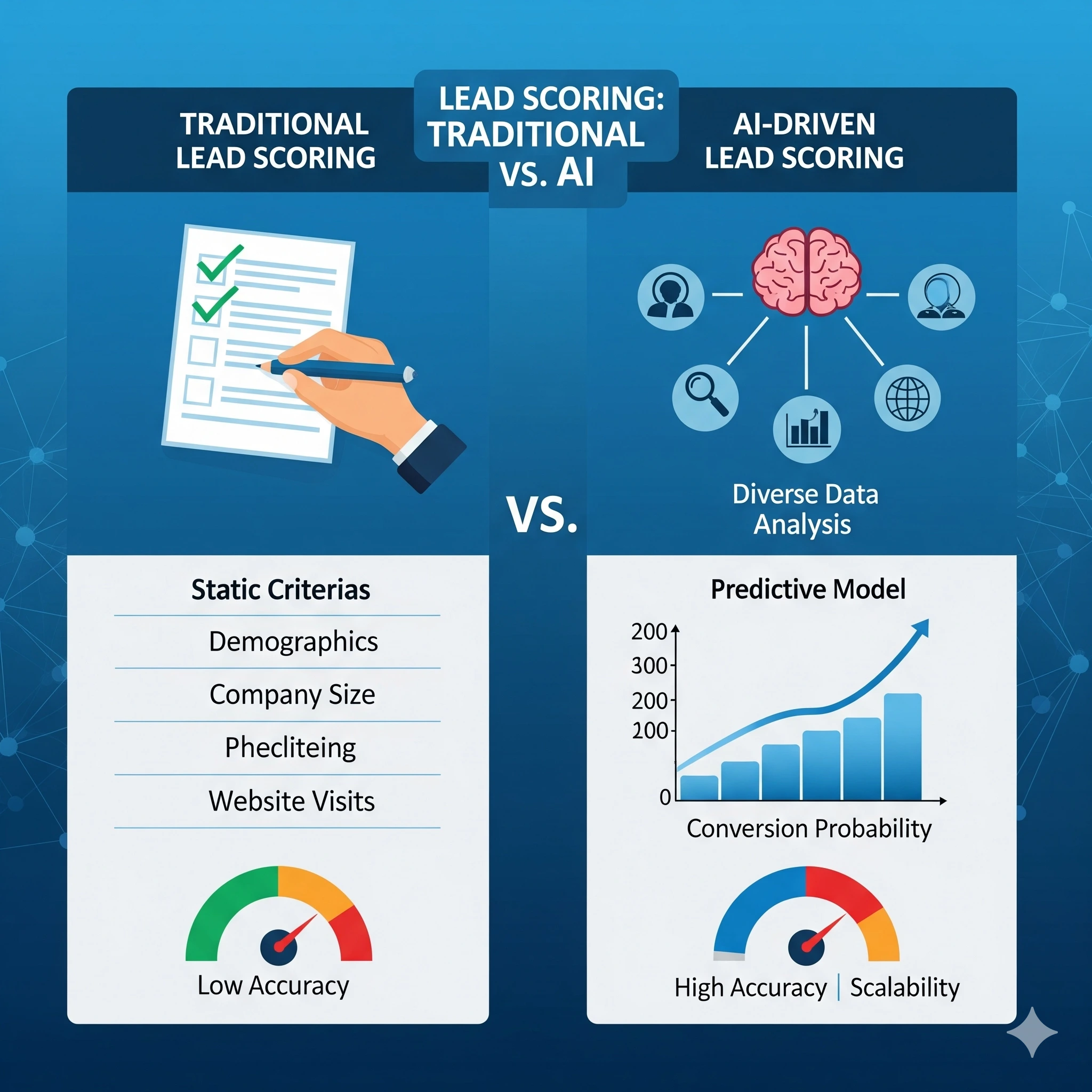
How does AI scoring actually work under the hood?
It starts with data – lots of data. The system gathers information from multiple sources: website visits and click patterns, email opens and responses, social media interactions, CRM entries, past purchase history, and even third-party data like industry or interest signals. By integrating these inputs, the AI builds a 360° profile of each lead. Next comes pattern recognition: the machine learning algorithms sift through historical data to identify what converted buyers did, as opposed to those who didn’t. For example, the model may learn that leads who look at battery range specs three times and visit the “Find a Dealer” page tend to purchase, whereas those who only read a blog post tend not to. Using these patterns, the AI trains a predictive model that can score new incoming leads in real time.
Each new lead gets a score (often on a 0–100 scale or similar). A higher score means this lead’s profile and behavior closely match those of past customers – essentially, this person looks like a hot prospect. The scoring isn’t a one-time affair; as the lead engages more (or stops engaging), the score updates. Crucially, AI models continuously refine themselves. If the market shifts or a new kind of buyer emerges, the system adjusts the weighting of factors on its own, ensuring the scores remain predictive. In contrast, a manual scoring system might miss such shifts without someone periodically rewriting the rules.
Once scores are assigned, they can be used to turbocharge the sales and marketing process. High-scoring leads are immediately flagged for quick follow-up by the sales team, while lower-scoring leads can be put into longer-term nurture campaigns. For instance, a lead who scores 90/100 might trigger an automatic SMS to schedule a test ride within 24 hours, whereas a lead scoring 50 may be entered into an email drip campaign highlighting the benefits of EV ownership. This way, AI lead scoring ensures no promising lead falls through the cracks and that each prospect gets the right level of attention based on real data.
India’s EV Two-Wheeler Boom and the Digital Consumer
The rise of AI-driven lead scoring couldn’t be more timely for India’s electric two-wheeler market. In 2024, electric two-wheelers made up nearly 60% of all EVs sold in India about 1.2 million e-scooters and e-bikes, reflecting 30% year-on-year growth. By FY2025, E2W sales reached 1.15 million, a further 21% jump. The Indian government’s ambitious target 80% of two-wheeler sales to be electric by 2030 means this sector will only get more crowded with brands and models vying for consumer attention.
Such explosive growth brings a paradox: on one hand, consumer interest in EVs is at an all-time high, but on the other, each EV brand must work harder to convert that interest into actual purchases. Indian consumers today are digitally empowered – they spend hours researching vehicles online, comparing specs and prices, watching YouTube reviews, and reading user testimonials before making a decision.
At least 50% of car buyers in India (and similarly, a large portion of two-wheeler buyers) now research online before even visiting a showroom. And in the two-wheeler EV segment, many new-age companies like Ola Electric began with online-first sales models, where customers could book scooters via an app or website. This digital-first approach means that the lead – the prospective buyer often enters the sales funnel long before any face-to-face interaction, generating a rich trail of data in the process.
Indian EV buyers also tend to be highly engagement-driven and information-hungry. Purchasing an electric scooter or bike is a new experience for many, so they inundate brands with questions: How long does the battery last? Where can I charge? What about the FAME II subsidy or state incentives? In fact, consumer education is crucial – as one EV manufacturer noted, providing timely info on aspects like government subsidies and charging tips can significantly influence purchase decisions.
Moreover, popular communication channels in India are also evolving. WhatsApp, for example, has become a powerful medium for business-to-consumer communication. It’s common for an interested buyer to scan a QR code or click a WhatsApp chat link to ask questions about a new e-bike. Brands that respond quickly and personally on such channels can build trust much faster than those relying on traditional call centers or email alone.
This digital behavior of Indian consumers presents both an opportunity and a challenge. The opportunity is the wealth of data being generated – every click, chat, and video watched is a signal of interest that can feed into lead scoring models. The challenge is that customer acquisition costs (CAC) can soar if marketing efforts aren’t precisely targeted. When a market grows 30-50% annually, a brand might attract tens of thousands of inquiries per month – but sales teams have limited bandwidth.
Wasting time on unqualified leads isn’t just inefficient; it’s expensive. In a price-sensitive market, reducing CAC is critical for profitability. This is exactly why AI lead scoring, with its ability to pinpoint the hottest leads, is a game-changer for EV brands. By focusing human and financial resources on those most likely to convert, brands can significantly improve marketing ROI and lower their average cost per sale.
Benefits of AI Lead Scoring for EV Brands
Implementing AI-based lead scoring can deliver tangible business benefits for electric two-wheeler companies, fundamentally improving how they acquire and engage customers. Here are some of the key impacts:
-
Higher Conversion Rates: By zeroing in on the most interested prospects, AI lead scoring can dramatically boost conversion. Sales teams no longer waste hours cold-calling lukewarm leads; instead, they focus on those who have shown strong intent. This precision pays off in more sales. In fact, companies using AI to prioritize leads have seen conversion rates improve significantly – GrowthJockey’s own platform Ottopilot has driven a +30% increase in lead-to-customer conversion by prioritizing high-potential leads and automating timely follow-ups. When every lead is nurtured according to its likelihood to buy, more of them end up purchasing.
-
Lower Customer Acquisition Cost (CAC): Acquiring a customer – from marketing to final sale – can be costly if mismanaged. AI scoring optimizes this by ensuring marketing spend and sales effort are directed at the right people. The result is a leaner funnel with less wastage. For example, by using AI-driven automations, an EV manufacturer was able to cut its marketing spend by 80% while increasing lead generation by 40% and acquisitions by 45% essentially doing more with less.
-
Better Lead Qualification & Targeting: AI lead scoring brings scientific rigor to what used to be subjective. The model might discover, for instance, that college-educated women in Tier-1 cities who commute <20 km/day have a high propensity to buy e-scooters – something not immediately obvious. These insights allow marketing teams to refine targeting for ads and campaigns. Instead of blanket promotions, brands can tailor messaging to segments that score highly. The accuracy of AI models in identifying quality leads far exceeds that of manual methods. With machine learning crunching data like web behavior, engagement with past campaigns, and even third-party intent data, the scoring is based on real patterns, not hunches, yielding unmatched precision in pinpointing who is sales-ready.
-
Faster Sales Cycle: High-scoring leads tend to convert faster when given prompt attention. By alerting sales reps instantly to hot leads, AI scoring shortens response times from days to hours (or even minutes). This agility can be crucial – especially since a prospective buyer might also be talking to competing brands. Reps armed with an AI-ranked list can respond in priority order, which often means the hottest prospect gets a call-back or WhatsApp message first, increasing the chance to close the deal before they lose interest. Overall, companies see shorter sales cycles because they’re engaging the most eager buyers right away, and letting the AI handle the slower-burning ones in the background.
-
Improved Team Efficiency and Morale: An often overlooked benefit is the boost to sales team productivity and motivation. When reps spend their days talking to genuinely interested people, rather than hitting dead ends, morale improves. It’s far more gratifying (and financially rewarding) to close deals than to chase unresponsive leads. AI lead scoring essentially acts as a smart triage system, so salespeople can do what they do best – sell – instead of being junior data analysts. This also enables scaling: even if lead volume doubles, the team can handle it because the AI is doing the heavy sorting. According to Salesforce research, 83% of sales teams with AI have grown revenue in the past year, attributing part of that success to productivity gains and smarter prioritization.
-
Personalized Engagement: By knowing which leads are hot and why, brands can tailor their approach for higher impact. For example, if the AI identifies that a particular lead is very interested in battery life and cost savings, the marketing team can send them content focusing on those points (like an infographic on how much money an e-scooter saves on fuel each year). Meanwhile, a different high-score lead who engaged heavily with performance stats might get a personalized invite to test ride the high-speed model. This kind of micro-targeting was hard to do manually at scale, but AI scoring combined with marketing automation makes it feasible. Personalized touches make leads feel understood, which builds trust and nudges them closer to purchase. Ultimately, better personalization driven by lead insights also fosters long-term loyalty starting the customer relationship off on the right foot.
Conclusion: Riding into the Future with AI
India’s electric two-wheeler market is charging ahead, and so must the strategies to acquire and retain customers. AI lead scoring is proving to be the secret sauce that can turn a deluge of leads into a pipeline of hot prospects ready to buy. By leveraging machine learning and automation, EV brands can ensure they aren’t just generating interest – they’re systematically converting that interest into sales, all while delighting the customer with timely, personalized engagement.
In a country where digital touchpoints often make the first impression, AI ensures that impression isn’t wasted. Tools like Ottopilot embody this new approach, automating the grunt work and freeing up teams to build real relationships. They illustrate how technology can be harnessed to humanize marketing paradoxical as it sounds by delivering the right message to the right prospect at the right time, almost as if reading the customer’s mind.
Electric two-wheelers are poised to transform mobility in India, and AI-powered lead scoring is poised to transform how those electric two-wheelers find their riders. Brands that embrace these innovations now will likely race ahead, turning more leads into delighted customers and brand advocates. As the old saying goes, “strike while the iron is hot” – AI lead scoring ensures you know exactly when that moment is. It’s time to let AI drive your lead engine, so you can accelerate growth in the EV age.
FAQs on AI Lead Scoring in EV Two-Wheelers
1. What is AI lead scoring in simple terms?
It’s a system where AI predicts which leads are most likely to buy, assigning each prospect a score so sales teams know who to prioritize.
2. How is it different from traditional lead scoring?
Unlike static point systems, AI learns continuously from real buyer behavior and adapts as markets and consumer patterns change.
3. What kind of data does AI use for scoring?
Website visits, CRM entries, WhatsApp chats, email interactions, and even third-party intent data all feed into the scoring model.
4. Why is this important for EV two-wheeler brands?
With thousands of digital inquiries each month, AI helps brands cut through the noise, reduce acquisition costs, and focus only on high-potential buyers.
5. Does AI replace sales teams?
No. It complements them by acting as a smart filter and guide, so reps spend more time closing deals and less time chasing dead ends.



